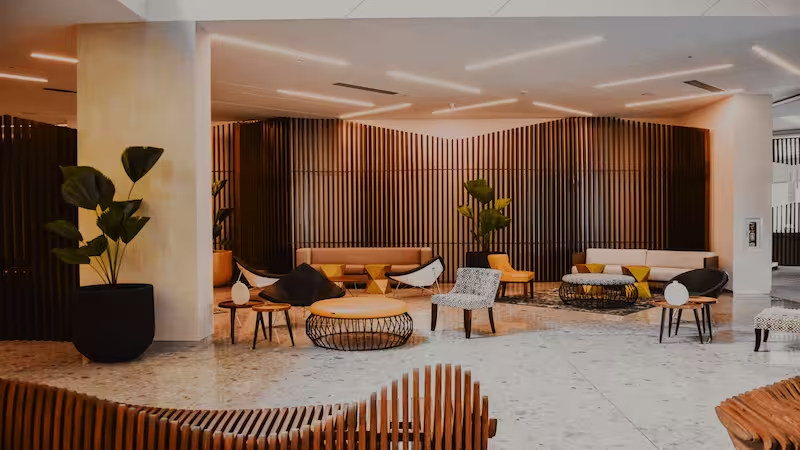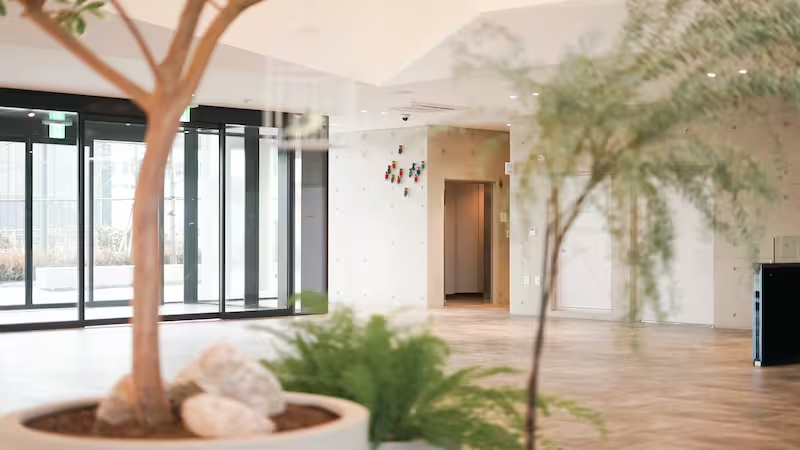
Table of Content
Signage is one of the key ways your brand is communicated to customers, whether you own a grocery store, convenience store, café or retail establishment. It's the first thing people see about your company, the map they use to learn their way around, and the symbol of your clients' devotion to you. Consumers want consistent, high-quality service, and your signs should reflect that.
There is a wide variety of signage solutions available; how do you choose the best one for your company?
Types of Signages
Most establishments need both internal and external signs. Most people's initial impression of a company is formed by its outside signage. Yet the signage inside the store or restaurant is just as crucial since it shows consumers where to go next. The requirements for setting up, fixing and maintaining different signage vary widely.
- The Setup, Repair, and Maintenance of Outdoor Signage
Outside signs come in a wide variety, each optimized to catch the eye of passing motorists and pedestrians. They are normally backlit from the inside and use LED lights; however, fluorescent bulbs, incandescent lamps and neon are sometimes used as alternatives.
Choosing a sign layout that makes the most of the store's setting is important. There are various signs, and each has its own meaning.
- Pylon Signs: They are often known as monument signs since they are generally installed on a pole or a sturdy base.
- Mounting Signage: They may be made in the form of a cabinet sign with a "face" that gives an overview of the company. Plastic with vinyl copy applied is the simplest option, while a routed face with a "push through" document is the most labor-intensive.
- Channel Letters: Similar to the previous kind, they are separate letters that are either open-faced or made of plastic and affixed on the side of a building. They may also be "halo-lit," a technique that casts a shadow at night by shining light onto the surface where the letters are affixed.
- Electronic Message Centers (EMC): These electronic message centers may be either black-and-white or full-color and enable text-based and graphical communication.
- Neon Signage: Neon is classic in appearance and comes in various sizes, hues, and styles. Sometimes, neon signs are used in conjunction with other, more conventional signs printed or painted on the wall behind them to create a more dramatic impact.
- Lightbox Advertising: Graphics are printed on transparent sheets and attached to a lightbox, creating backlit signage or cabinet signs. These may be easily personalized with your company's logo and other designs. Some are see-through; you may personalize them with black plastic interchangeable lettering.
- Signage with Halo Lights: (also known as backlit or illuminated letter signs, these are metal letters or logos that have lights installed behind them to make them show out at night when sunlight is shining on the structure). They give your external signs a contemporary, monochrome style.
- LED or Digital Billboards: (outdoor screens consisting of tiny pixels) These monitors may promote specific messages or pictures. They can be changed regularly without replacing the whole sign.
These types of external signs are the most often used by companies nowadays. Specialists in business signs should take care of the upkeep of each kind. When you work with a facilities management firm, you won't have to worry about who to ask when your company's exterior signs require fixing or replacing.
Both external and interior signage play important roles in the overall visual identity of your company and the quality of the client experience it provides. Although halo-lit and other outdoor sign types find their way inside, there are a few more alternatives to installing, repairing, and maintaining indoor signs.
- Floor and directional wall signs are a great tool for assisting consumers in finding their way through expansive facilities. Professional quality floor decals, composed of vinyl or other similarly long-lasting materials, can withstand much foot traffic without showing any signs of wear. Yet, expert care is required to keep them modern, spotless, and in excellent working order.
- Printed Metal or Glass Signs: They may be a cheap alternative for individuals who desire a high-end aesthetic but don't have much money to spend. These signs are made from durable brushed aluminum or stainless steel and are available in standard sizes. Aluminum signs in high-traffic areas must be professionally installed, cleaned and regularly maintained to avoid being soiled, damaged or coated with fingerprints.
- Cut Metal Signs: These personalized, high-quality signs are a little more costly than their printed equivalents, but they are well worth the cost, thanks to their polished, expert appearance. In low-light settings or at night, workplaces visible from the outside might benefit from installing lights at the rear to create a halo effect.
- Hanging Signs: Hanging signs are used in busy retail locations like supermarkets and convenience shops; they are often not self-illuminated but may have a spotlight nearby. A professional installation is required to guarantee they are permanently attached to the ceiling. Some of them include sliding panels that may be somewhat customized to allow for adjustments to signage when product placements shift.
- Product Labeling: The product signage in your shop is the most important and should not be overlooked. When you're ready to take your customer service to the next level, you may upgrade your product signage to anything from basic printed pages to chalkboards, floor signs, banners, gravestone vinyl standing signs, tiny product labels, and so on. It would help if you didn't overlook them in your facilities management strategy since they may assist your consumers in remembering your brand's vision and values. Since these are the signs that customers and staff interact with the most, even if they aren't very visible or huge, it's important to have them installed and maintained properly.
Digital Signage Integration

Digital signage is modern and highly effective but requires more planning and expertise than traditional signage. Digital signage integration involves several components, including:
- Project Planning: Planning the project carefully is important before deploying digital signage. It includes identifying the goals of the signage, selecting the right hardware and software, and determining the content that will be displayed.
- Hardware and Software Selection: Once the project is planned, it's time to select the right hardware and software. It can include displays, media players, mounting brackets, and content management software.
- Installation: Signage integration can involve running cables, mounting displays, and configuring software. AV integrators are experienced in digital signage installation and can ensure the deployment goes smoothly.
- System Setup: Once the hardware and software are installed, the system must be set up and configured. It includes setting up the network, connecting the hardware and software, and testing the system to ensure it functions correctly.
- Training Sessions: Once the system is set up, it's important to provide training sessions to the employees managing and updating the content on the signage. It can include training on using content management software, creating and uploading content and troubleshooting common issues.
- Maintenance: Like any other type of signage, digital signage requires ongoing maintenance to ensure that it remains in good condition and continues functioning properly. It can include software updates, content updates, and hardware repairs or replacements.
The signage services market is diverse and evolving, and businesses can benefit from a well-planned and executed signage strategy. Whether you're looking for traditional or digital signage, choosing the right company and integrating the right components is essential for success.




.avif)



